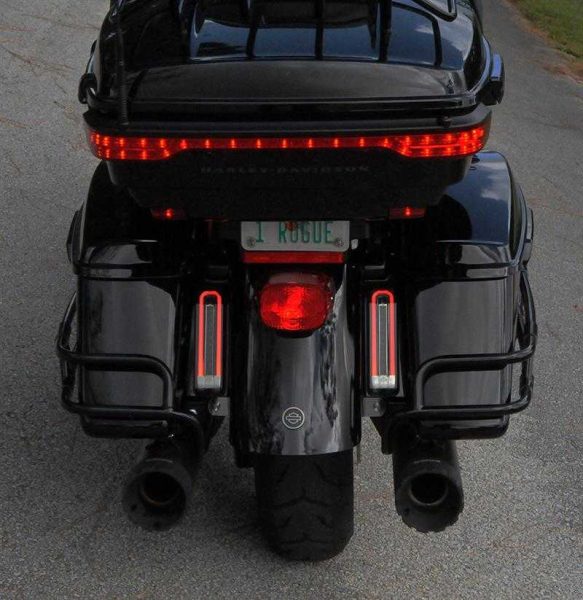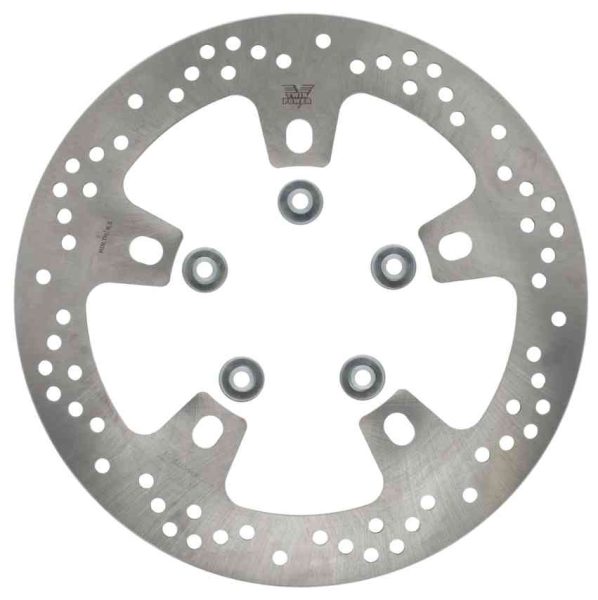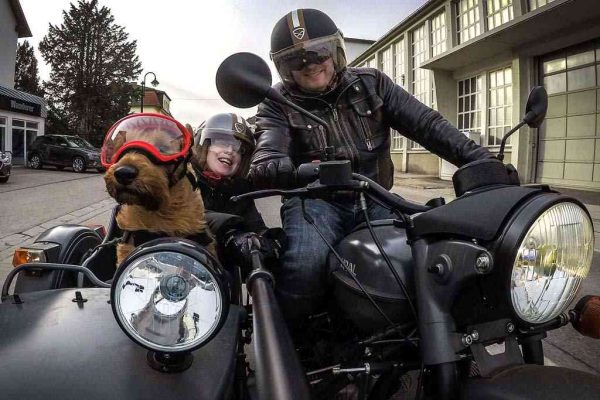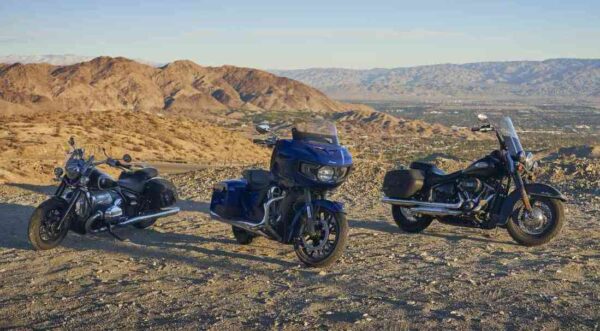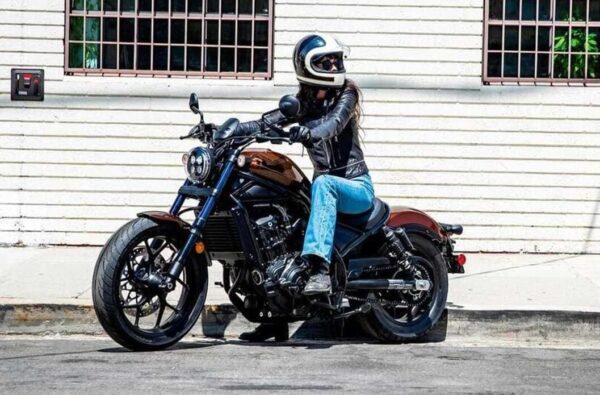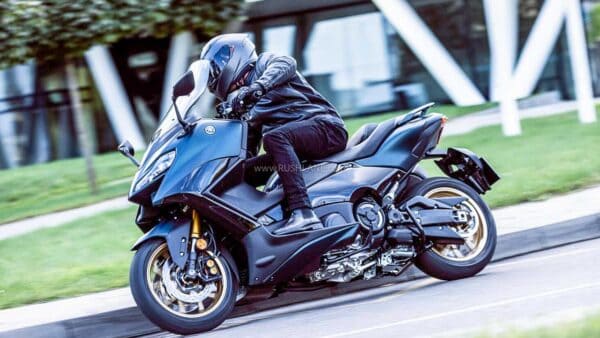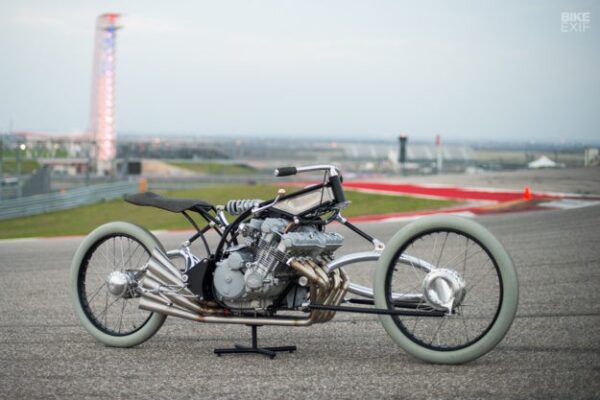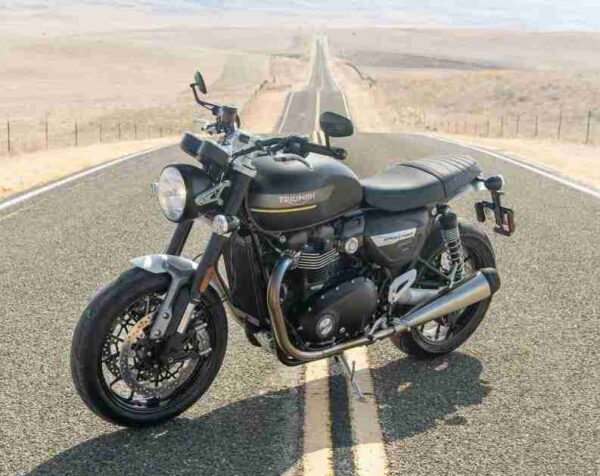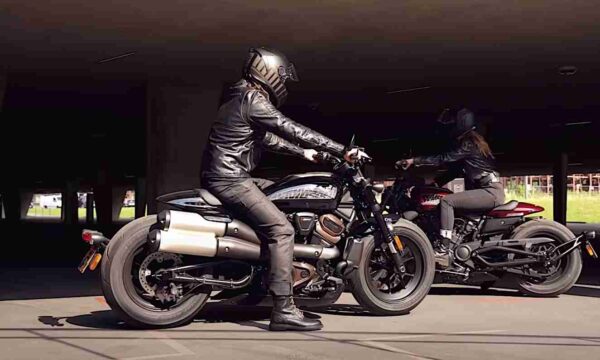by Dustin Wheelen from https://www.rideapart.com An American middleweight melee. For decades, the Harley-Davidson Sportster dominated the American middleweight V-twin class, mostly by dint of being the only American middleweight V-twin. Without a top contender to challenge its reign, the Motor Company only issued modest upgrades since 1986. However, that all changed when the Indian Scout burst onto the scene in 2015. Heavily based on the Victory Octane, the revived Scout paired Indian’s rich heritage with thoroughly modern equipment. The liquid-cooled, DOHC, 1,133cc V-twin was the antithesis of Harley’s ancient air-cooled Evo engine. Compared to the Sportster’s signature teardrop tank and engine cooling fins, the Scout’s low-slung stance and neo-bobber aesthetic presented a viable alternative to Harley’s aging platform. Facing a formidable foe and new emissions regulations, the Bar and Shield telegraphed its counterpunch when it revealed the Custom 1250 in July, 2018. Nearly three years later, that haymaker finally landed when Harley officially announced the 2021 Sportster S. Complete with a liquid-cooled, DOHC, 1,252cc V-twin, the new Sportster’s spec sheet now stands toe-to-toe with the Scout. Of course, we won’t know who wins the battle in the showroom until the Sportster S arrives at dealerships. For now, however, the tale of the tape tells a fascinating story. Overview 2021 Harley-Davidson Sportster S – Vs – 2021 Indian Scout Middleweight Might Featuring Harley’s shiny new Revolution Max 1250T, the 2021 Sportster now produces 121 horsepower and 94 lb-ft of torque. While the Scout previously set performance benchmarks for the category with 100 horsepower and 72 lb-ft of torque, Indian’s entry cruiser now looks outgunned. Of course, the Revolution Max V-twin touts a larger displacement, which helps the Sportster S steal that performance feather from Indian’s cap. On top of that power deficit, the Scout lugs around 59 extra pounds, weighing in

